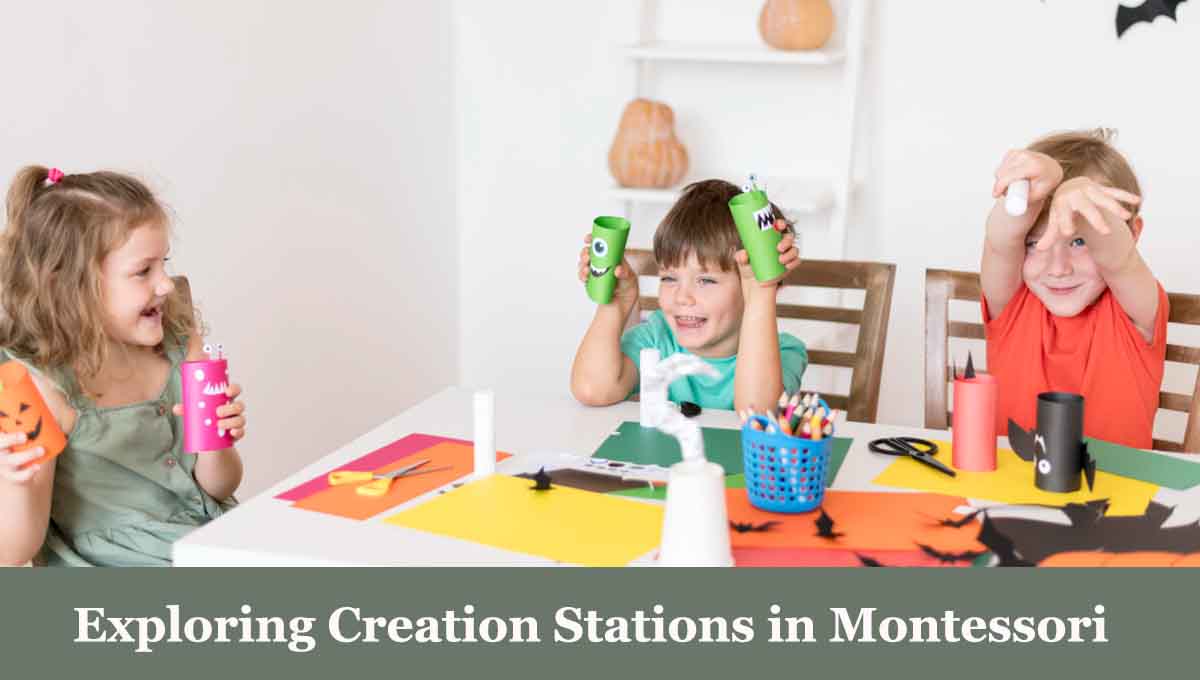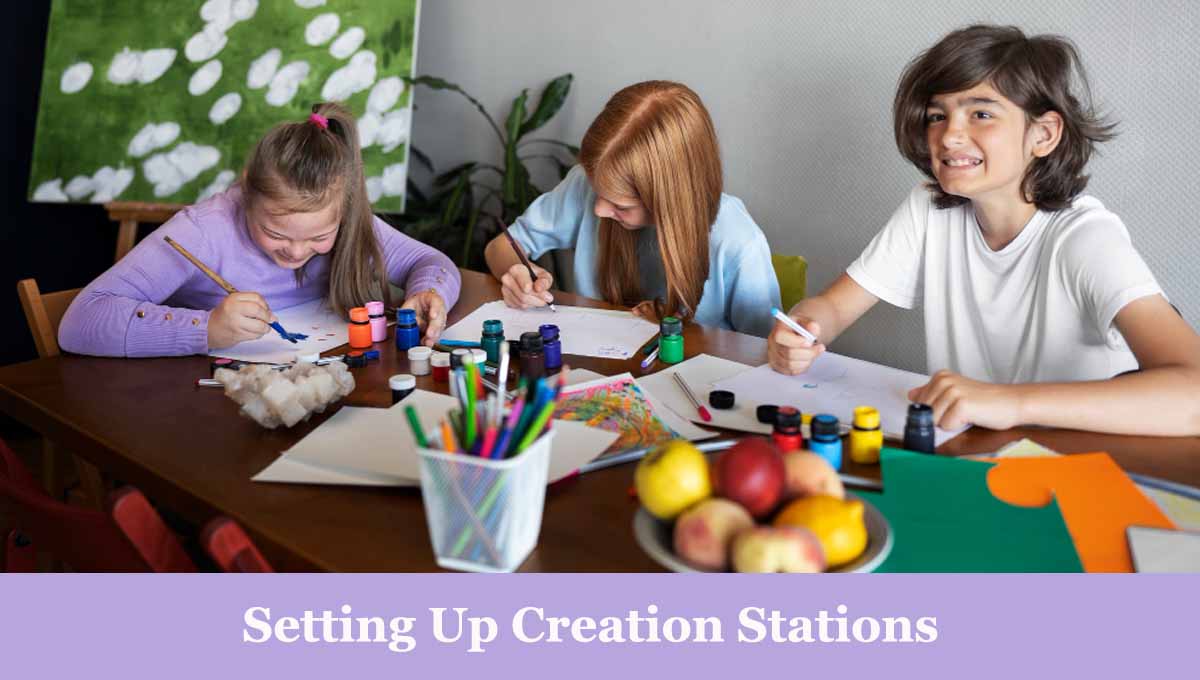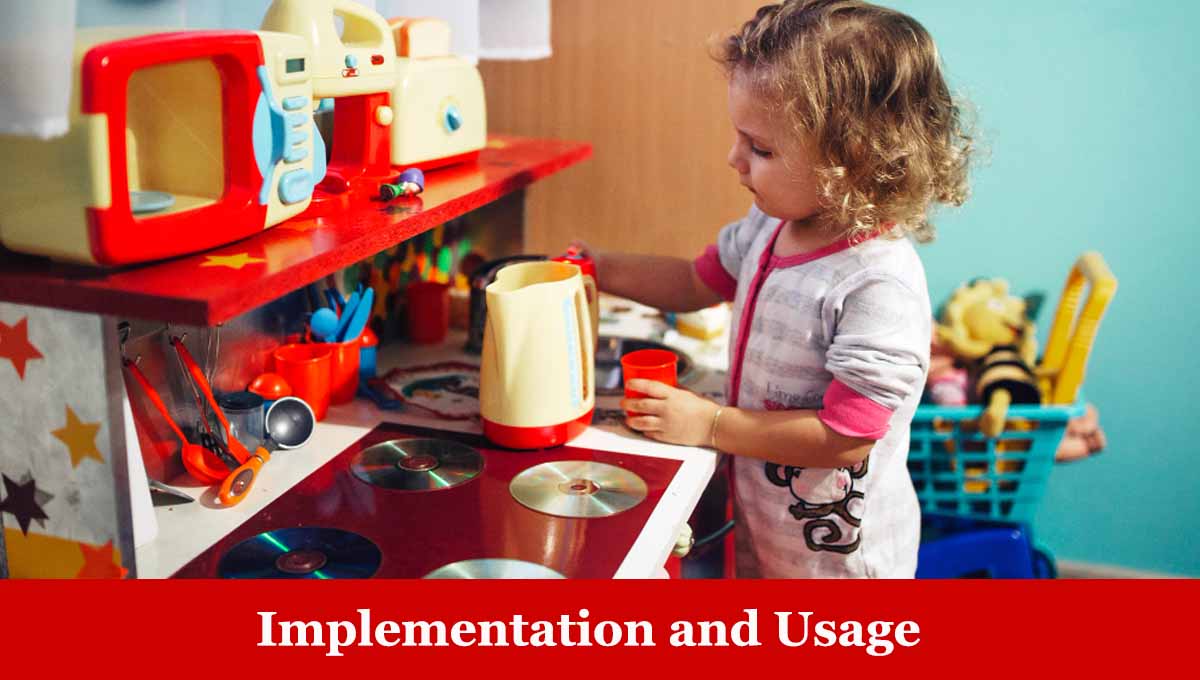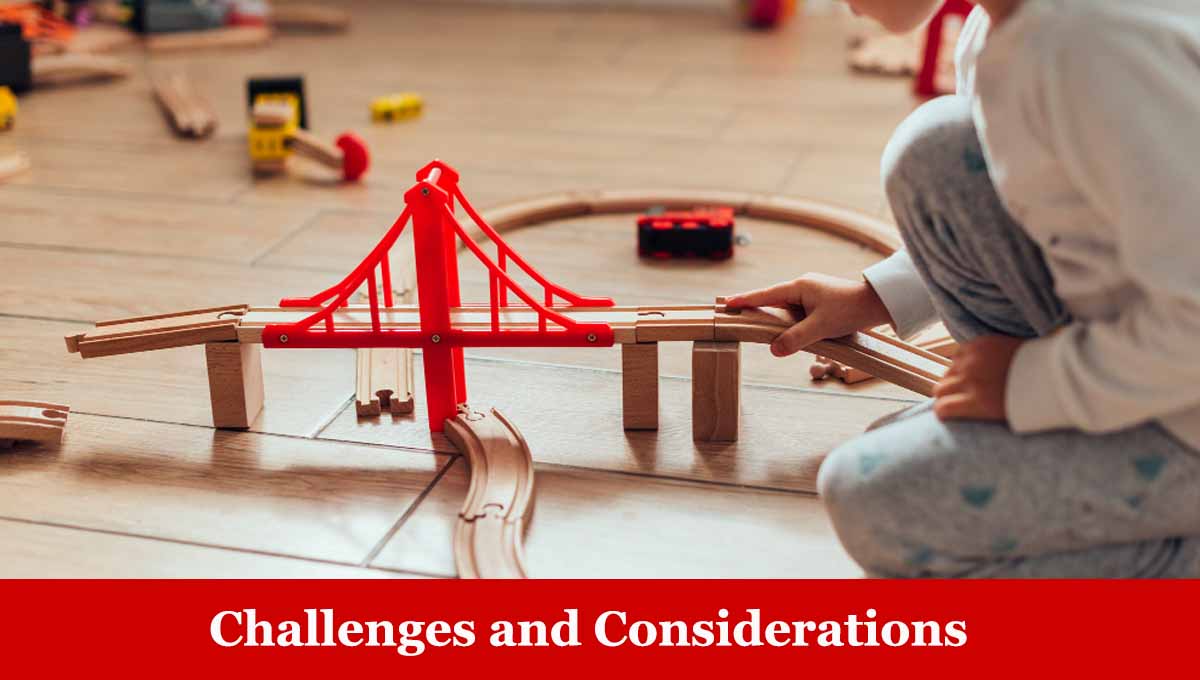Creation stations have become an integral part of Montessori education, providing children with opportunities for hands-on exploration, creativity, and self-expression. In this article, we’ll delve into the concept of creation stations, their setup, benefits, implementation, and challenges.
Introduction to Creation Stations in Montessori
What is Creation Station?
Creation stations are designated areas within a Montessori classroom or home environment where children can engage in open-ended, creative activities. These stations are designed to stimulate children’s imaginations, encourage experimentation, and foster a love for learning. These learning centers are purposefully designed, with materials and activities based on the children’s needs, development, and interests
Importance of Creation Stations in Montessori Education
In Montessori education, creation stations play a vital role in promoting holistic development. By providing children with opportunities for self-directed exploration and expression, Creation Stations support the Montessori philosophy of following the child’s interests and natural developmental rhythms.
Setting Up Creation Stations
Designing a Creative Environment
When setting up Creation Stations, it’s essential to create a space that is inviting, organized, and conducive to exploration. Consider factors such as lighting, seating arrangements, and accessibility to materials.
Get many floor and table lamps to get a soft lighting effect. Soft lighting makes the room look like a children’s house.
Selecting Materials and Supplies
Choose a variety of materials and supplies that inspire creativity and cater to different interests and skill levels.
In a Montessori classroom, there are five learning stations equipped with purposeful materials. They are:
1. Learning Station of Practical Life exercises
2: Learning Station of Sensorial Exercises
3: Learning Station of Mathematical Exercises
4: Learning station of Language Exercises
5: Learning station of geography and History
Each learning station is equipped with specific Montessori materials. Children visit these stations willingly, exploring and using the materials to learn new skills through trial and error.
Creating Stations Based on Interests
Tailor creation stations to reflect children’s interests and developmental stages. Offer a mix of stations that cater to various activities, such as painting, sculpting, crafting, building, and sensory play.
Dr. Maria Montessori discovered that “the inner drive is sufficient.” Teachers just follow the children who are following a purposeful inner urge. Total development is possible only when the child can work in various fields of human activity at specific times, whose awareness and urge come to him naturally.
Benefits of Creation Stations
Encouraging Creativity and Imagination
Creation stations provide children with the freedom to explore and express themselves creatively. Through open-ended activities, children learn to think critically, problem-solve, and think outside the box.
Promoting Independence and Decision-Making
By allowing children to choose their activities and work at their own pace, Creation Stations foster independence and autonomy. Children learn to make decisions, take initiative, and take ownership of their learning process.
Dr. Maria Montessori believed that children are capable of choosing their own activity suitable to their capacity.
Fostering Problem-Solving Skills
Engaging in creative activities at Creation Stations helps children develop essential problem-solving skills. They learn to experiment, adapt, and persevere through challenges, building resilience and confidence along the way.
Implementation and Usage
Rotating Stations
To keep Creation Stations fresh and engaging, consider rotating materials and activities regularly. This ensures that children remain excited and motivated to explore new ideas and concepts.
Facilitating Exploration and Discovery
Encourage children to explore Creation Stations freely, allowing them to follow their interests and curiosity. Provide guidance and support as needed, but allow children to take the lead in their learning journey.
Encouraging Collaboration and Communication
Creation stations provide opportunities for children to collaborate, share ideas, and communicate with their peers. Encourage group activities and discussions to promote social interaction and teamwork.
Montessori children are encouraged to treat one another with kindness and respect. In Montessori classrooms we find older children taking charge of younger ones. The sense of responsibility with which they take over amazes the observer. This is especially seen during the first days of newly admitted children. Some older children literally adopt young ones and hold themselves responsible. This situation can be obtained only in a mixed-age group setting.
Challenges and Considerations
Managing Materials and Space
One challenge of implementing Creation Stations is managing materials and space effectively. Ensure that materials are organized, accessible, and stored safely to prevent clutter and accidents.
Ensuring Safety and Supervision
While creation stations promote independence, it’s essential to provide adequate supervision and guidance to ensure children’s safety. Set clear guidelines and rules for using materials and encourage responsible behavior.
Conclusion
In conclusion, creation stations are valuable tools in Montessori education, providing children with opportunities for creativity, exploration, and self-discovery. By embracing the principles of open-ended learning and hands-on exploration, educators and parents can inspire children to unleash their potential and become lifelong learners.
FAQs (Frequently Asked Questions)
- How can I set up Creation Stations at home? You can designate specific areas in your home for creative activities, stock up on art supplies and materials, and encourage your child to explore and experiment.
- What types of activities can be included in Creation Stations? Activities can vary widely and may include painting, drawing, sculpting, building, sensory play, and imaginative storytelling.
- How often should I rotate materials at Creation Stations? It’s a good idea to rotate materials regularly to keep the stations fresh and exciting. Consider changing materials weekly or biweekly.
- Are Creation Stations suitable for children of all ages? Yes, Creation Stations can be adapted to suit children of different ages and developmental stages. Tailor activities to match your child’s interests and abilities.
- How can I encourage my child to engage with Creation Stations? Lead by example, provide encouragement and praise, and show interest in your child’s creations. Offer gentle guidance and support, but allow your child to take the lead in their creative endeavors.



